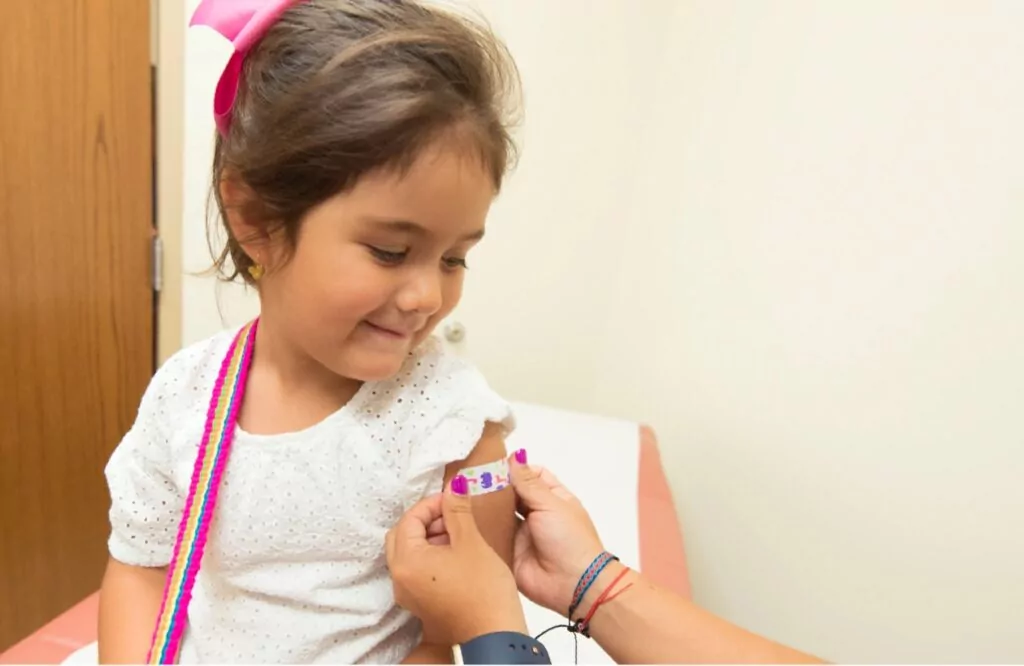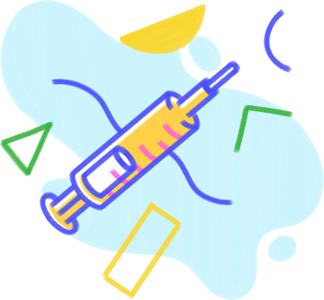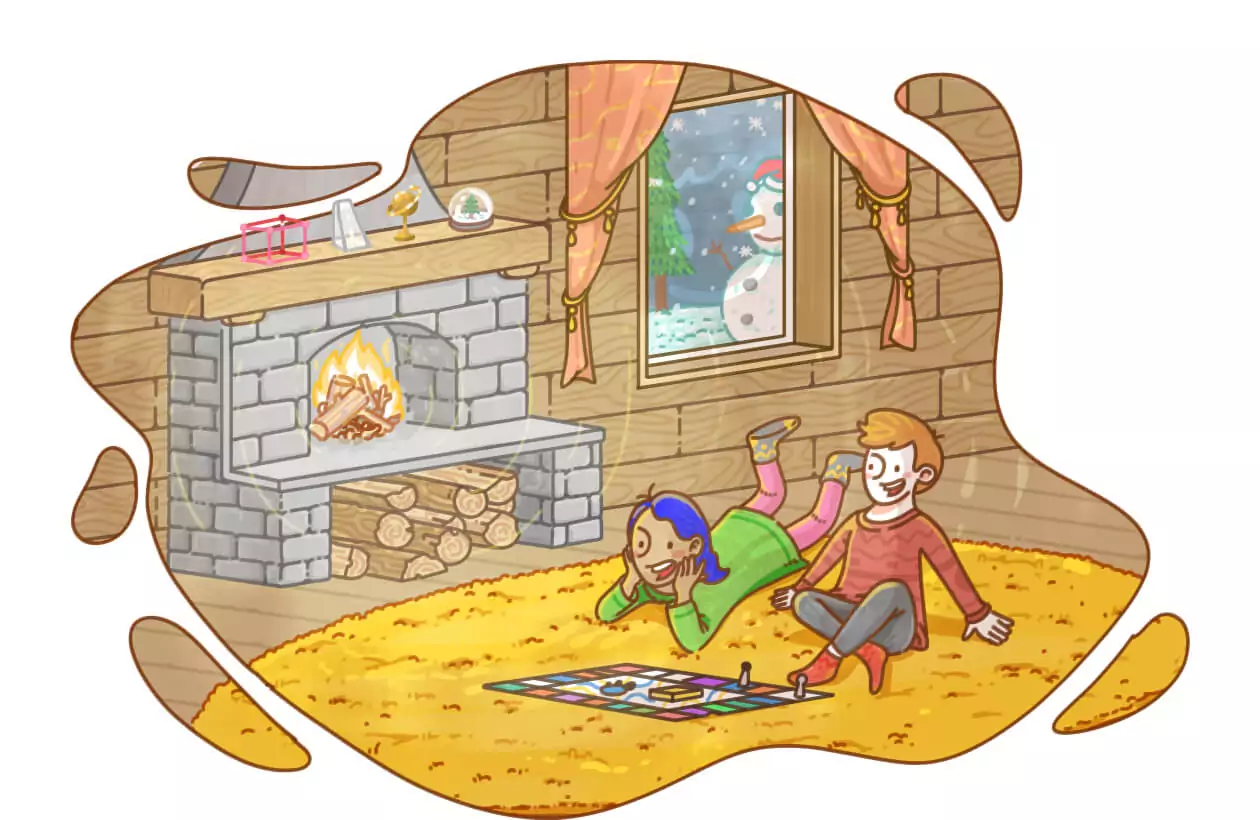How to prepare and help your child overcome their fear of doctor visits + shots.
See also: Preparing Your Child for Early Puberty Series #3: Family Relationships
Needles aren’t fun for anybody, but they can seem particularly scary to a kid. With some preparation, though, your child can learn to appreciate that CPP treatment shots keep them healthy. And if you make a point of celebrating your child’s bravery with each treatment, they won’t remember the injections so much as the fun post-treatment moments with you.

Know what you’re in for
Understand what sort of treatment administration your child can expect, whether you’ve chosen a six month subcutaneous shot, a monthly, every three months, or every six month intramuscular shot, or a surgical implant. Then, in language your kiddo understands, tell them they’re receiving medicine to help with their symptoms and keep them healthy.

Prepare them for a poke
If your child will receive a shot (rather than a surgical implant), it’s generally best to tell a two or three year old right before your appointment. Kids four and older should have a little more notice, e.g., ‘When the nurse gives you the medicine we talked about, you might feel a little pinch. It could hurt for a minute, but I’ll be there for you the whole time. And pretty soon, you’ll start to feel better!’ You can also reassure kids who have already experienced a series of vaccination shots that this time will be less intense: it will just be one poke.

Plan something special post-treatment
Before your child’s treatment, brainstorm a fun post-treatment activity to celebrate their health and courage, whether that’s an ice cream outing, a trip to the park or children’s museum, or a movie night at home with their favorite cartoon and snacks of their choosing. Having something to look forward to could help your child brave through their shot, and with consistency, they will start to associate ‘treatment days’ with celebrations instead of fear.

Practice healthy coping mechanisms
Leading up to your appointment, try some deep breathing techniques with your child to ease anxiety. Have them inhale through their nose and breathe out through their mouth 3-5 times (you could try this with a pinwheel to make it more interesting!). Squeezing a ball in their hands or singing a gentle song together might also help them calm down. And if any of these methods do the trick, try them at the doctor’s office right before their shot.

Bring distractions
If your child has a comfort toy or blanket, bring it along! Anything that soothes them is welcome.

Keep your cool
Finally, if you’re nervous, your child will pick up on that. Conversely, if you remain serene and soothing on your child’s treatment day, they will be able to sense that there’s nothing to fear.
See also: Children’s Puberty Book Roundup Series #5: Amazing You
TPI.2021.2798.v1 (v1.3)










